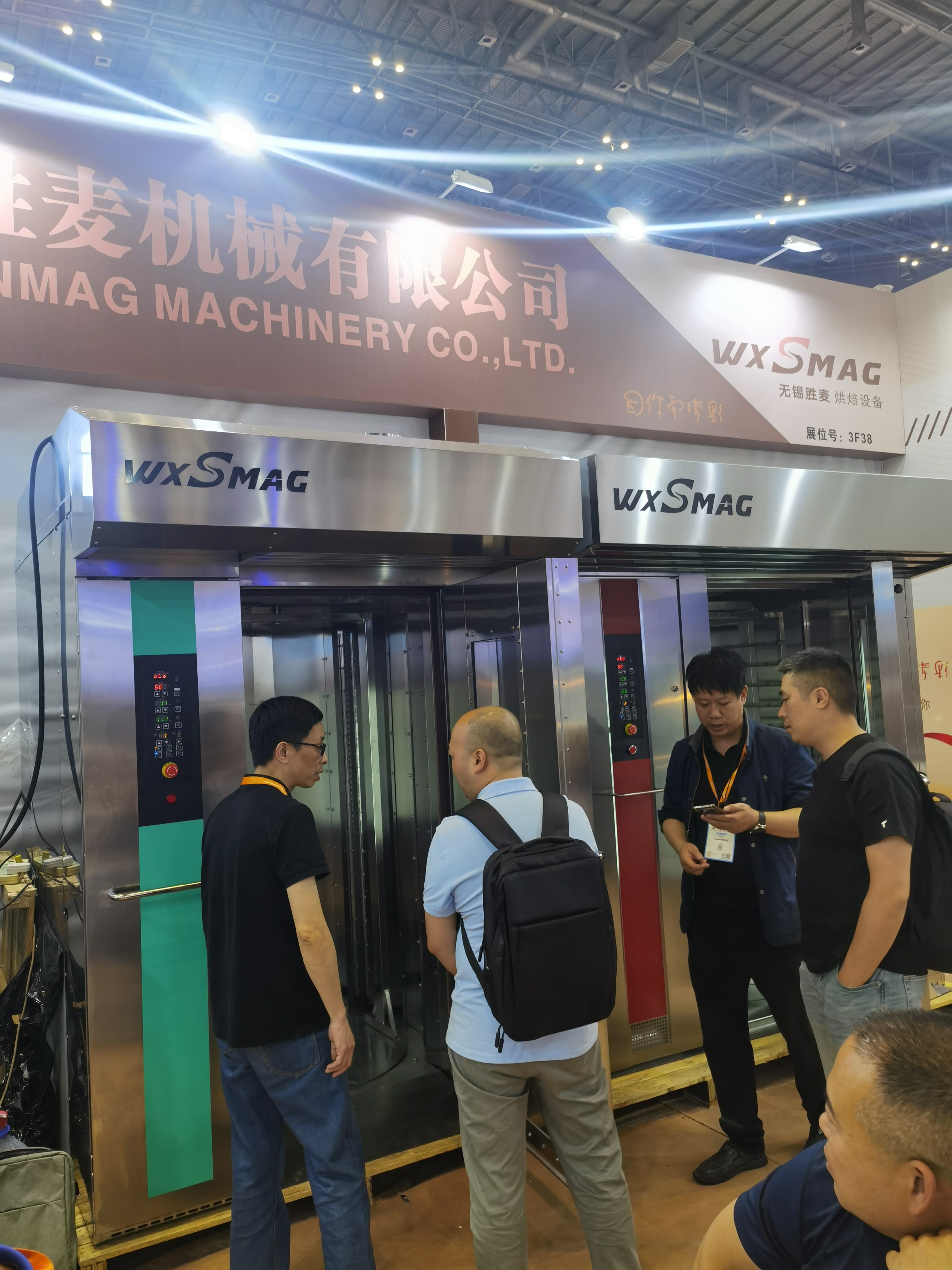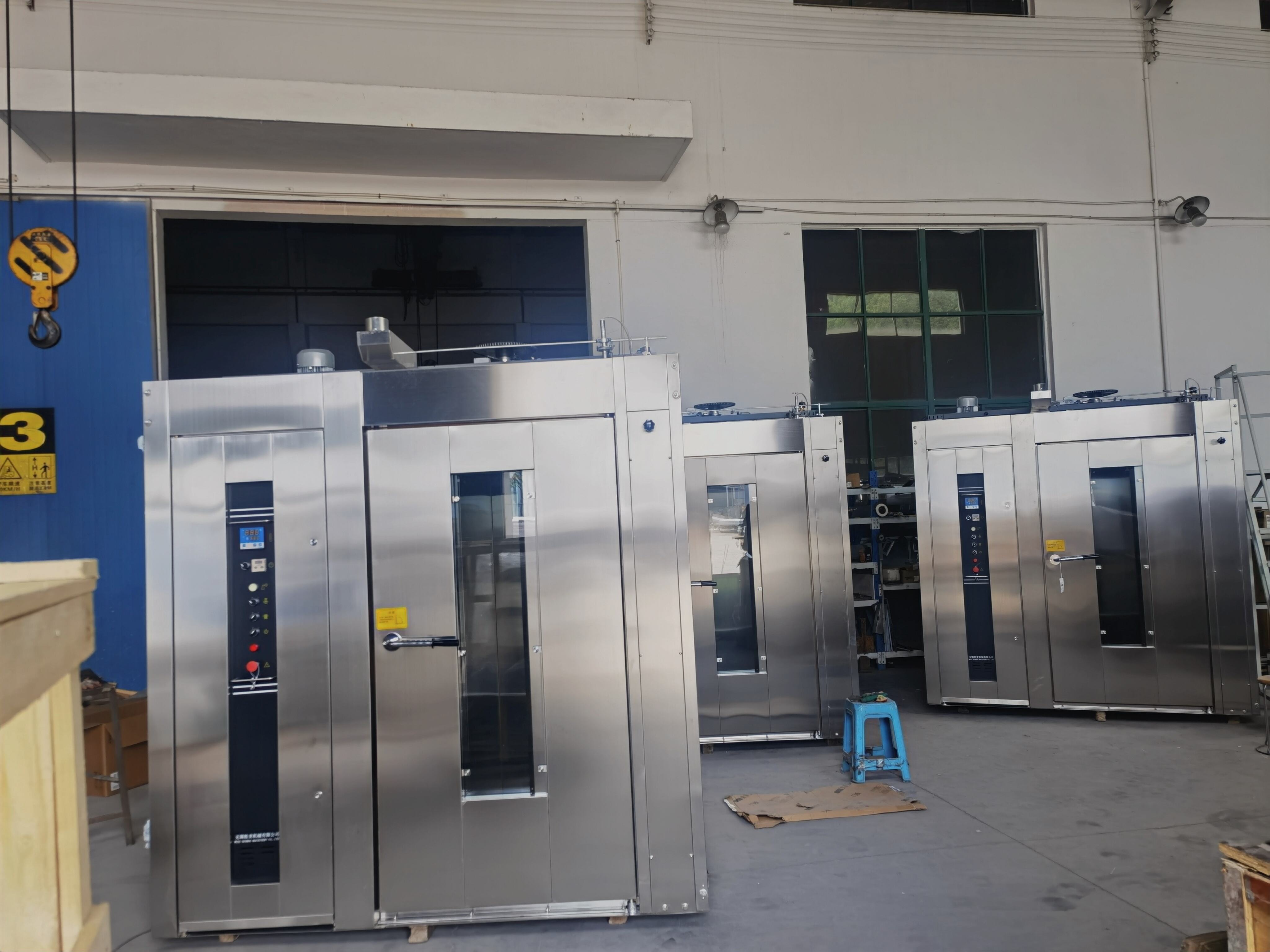Maximizing Industrial Baking Performance Through Energy-Smart Solutions
In today's competitive manufacturing landscape, optimizing rotary ovens energy efficiency has become crucial for bakeries and food production facilities looking to reduce operational costs while maintaining product quality. Energy consumption represents one of the largest operational expenses in industrial baking, with rotary ovens being among the most energy-intensive equipment. Understanding and implementing effective efficiency measures can lead to substantial cost savings and improved environmental performance.
The growing emphasis on sustainable manufacturing practices, coupled with rising energy costs, has pushed businesses to seek innovative solutions for their baking operations. By focusing on rotary ovens energy efficiency, companies can achieve significant reductions in utility bills while contributing to their sustainability goals. This comprehensive guide explores proven strategies and cutting-edge technologies that can help optimize your rotary oven operations.
Understanding Rotary Oven Energy Consumption Patterns
Heat Distribution and Energy Loss Factors
Rotary ovens operate through complex heat transfer mechanisms, including radiation, convection, and conduction. The efficiency of these processes directly impacts energy consumption. Common areas of energy loss include door seals, inadequate insulation, and inefficient heat distribution systems. Understanding these patterns helps identify key areas for improvement in rotary ovens energy efficiency.
Heat loss through poorly maintained seals and gaps can account for up to 20% of total energy consumption. The rotating mechanism itself requires precise calibration to ensure optimal heat distribution while minimizing energy waste. Regular monitoring of these components is essential for maintaining peak efficiency levels.
Impact of Production Schedules on Energy Usage
Production scheduling plays a vital role in rotary ovens energy efficiency. Continuous operation versus frequent starts and stops can significantly affect energy consumption patterns. Each startup requires considerable energy to reach optimal baking temperatures, making production planning crucial for efficiency optimization.
Strategic scheduling that maximizes continuous operation while minimizing idle time can reduce energy consumption by up to 15%. This requires careful analysis of production demands and implementation of smart scheduling systems.
Advanced Technologies for Enhanced Efficiency
Smart Control Systems and Automation
Modern rotary ovens benefit from sophisticated control systems that optimize energy usage through precise temperature regulation and automated adjustments. These systems can monitor and adjust heating elements in real-time, ensuring optimal rotary ovens energy efficiency throughout the baking process.
Advanced sensors and monitoring equipment provide detailed data on energy consumption patterns, enabling operators to make informed decisions about efficiency improvements. Integration with manufacturing execution systems (MES) further enhances control and optimization capabilities.
Heat Recovery and Recycling Systems
Implementing heat recovery systems can significantly improve rotary ovens energy efficiency by capturing and reusing waste heat. This recovered energy can be utilized for preheating incoming air or supporting other facility operations, reducing overall energy consumption.
Modern heat exchangers and recovery systems can recapture up to 30% of waste heat, providing substantial energy savings and improved operational efficiency. These systems require careful integration with existing infrastructure but offer significant long-term benefits.
Maintenance Strategies for Optimal Performance
Preventive Maintenance Protocols
Regular maintenance is crucial for maintaining rotary ovens energy efficiency. A comprehensive maintenance program should include regular inspection of seals, insulation, and mechanical components. Proactive maintenance can prevent energy waste caused by equipment deterioration and ensure consistent performance.
Developing and following a detailed maintenance schedule helps identify potential issues before they impact efficiency. This includes regular calibration of temperature sensors, inspection of heat distribution systems, and verification of seal integrity.
Performance Monitoring and Optimization
Implementing robust monitoring systems enables continuous tracking of rotary ovens energy efficiency metrics. Regular performance assessments help identify trends and opportunities for improvement. This data-driven approach ensures that efficiency measures remain effective over time.
Advanced monitoring tools can track key performance indicators such as energy consumption per unit of production, temperature consistency, and heat distribution patterns. This information guides optimization efforts and validates the effectiveness of efficiency improvements.

Operational Best Practices
Staff Training and Awareness
Well-trained operators play a crucial role in maintaining rotary ovens energy efficiency. Comprehensive training programs should cover proper operating procedures, energy-saving practices, and basic troubleshooting skills. Regular updates and refresher courses ensure that staff remain current with best practices.
Creating a culture of energy awareness encourages operators to actively participate in efficiency improvement efforts. This includes understanding the impact of their actions on energy consumption and identifying opportunities for optimization.
Production Process Optimization
Streamlining production processes can significantly impact rotary ovens energy efficiency. This includes optimizing batch sizes, reducing unnecessary oven openings, and maintaining consistent product flow. Careful attention to these details can lead to substantial energy savings.
Implementing standardized operating procedures ensures consistency in production methods and helps maintain optimal efficiency levels. Regular review and updating of these procedures keep them aligned with current best practices and technological capabilities.
Frequently Asked Questions
How can I measure the current energy efficiency of my rotary oven?
Energy efficiency can be measured through several methods, including energy consumption monitoring systems, thermal imaging to detect heat loss, and production output analysis. Professional energy audits can provide detailed assessments and recommendations for improvement.
What are the most cost-effective efficiency improvements for rotary ovens?
The most cost-effective improvements often include regular maintenance of seals and insulation, optimizing production schedules, and implementing basic monitoring systems. These measures typically offer quick returns on investment while providing significant energy savings.
How long does it take to see returns from energy efficiency investments?
Return on investment varies depending on the specific improvements implemented, but many businesses see significant savings within 6-18 months. Basic maintenance and operational improvements can show immediate results, while more substantial technological upgrades may take longer to realize full benefits.

